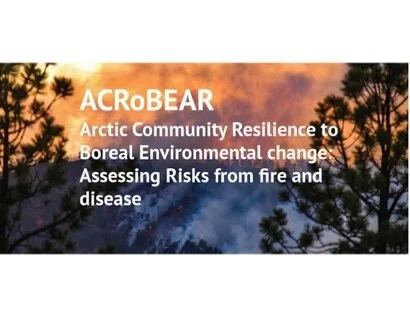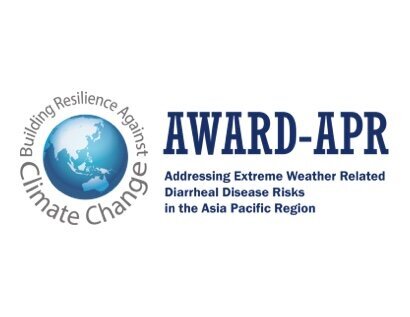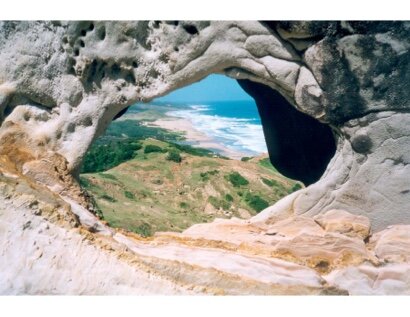
Projects


AWARD-APR
A multinational consortium created to perform comparative analyses of diarrheal disease risk associated with extreme weather events in order to develop a transferable solution — S2S early warnings for diarrheal disease — to reduce extreme weather-related diarrheal disease burdens and improve community resilience to climate change.


CHAMNHA
CHAMNHA will generate knowledge on the burden of disease from heat stress during pregnancy, postpartum and for newborns, on effective, acceptable and feasible heat interventions, and facilitate adaptation planning to improve preparedness and reduce the impacts of extreme heat in sub-Saharan Africa.

HEATCOST
HEATCOST quantifies global current and future changes in cardiopulmonary (CPD) mortality and morbidity due to extreme heat and air pollution (including from wildfires) under selected climate scenarios, while assessing a diverse set of adaptation mechanisms and strategies, and estimates the associated costs.

PREP
Chronic kidney disease of nontraditional cause (CKDnt), is a risk for millions of workers in Latin America and Asia. Strenuous work in extreme heat without sufficient rest and hydration is an important driver. Without prevention, this epidemic will likely accelerate due to climate change.




EXHAUSTION
EXHAUSTION quantifies the changes in death and disease from heart and lung disease due to extreme heat and air pollution (including from wildfires) under selected climate scenarios. We do so by including a diverse set of adaptation strategies, calculate the associated costs, and identify effective strategies for minimizing adverse impacts.

HEAT-SHIELD
This EU funded H2020 project HEAT-SHIELD addresses the negative impacts of workplace heat stress on occupational health and productivity of the EU workforce in five sectors due to climate change.

PARSEC
The PARSEC project is designed to provide a unique opportunity for data and synthesis scientists to collaborate and exchange in real-time toward the goal of improving research outcomes, data sharing, and data reuse. It will also help pioneer new scientific and data science technologies aimed at improving both the management and conservation of global biodiversity.
